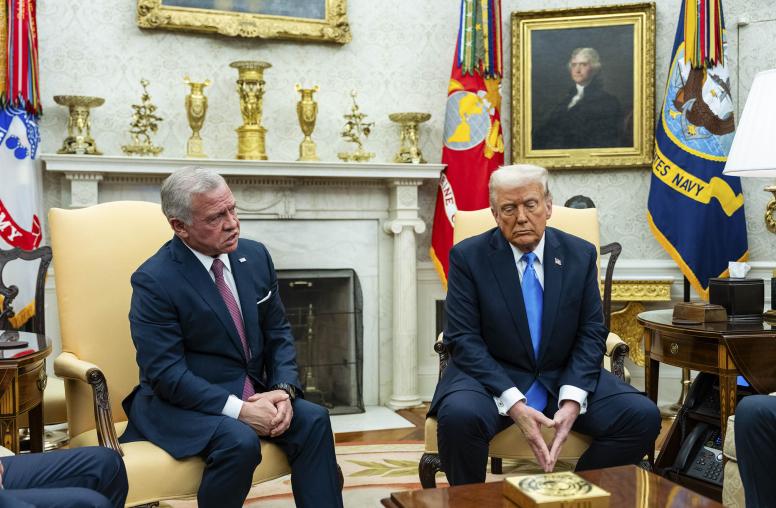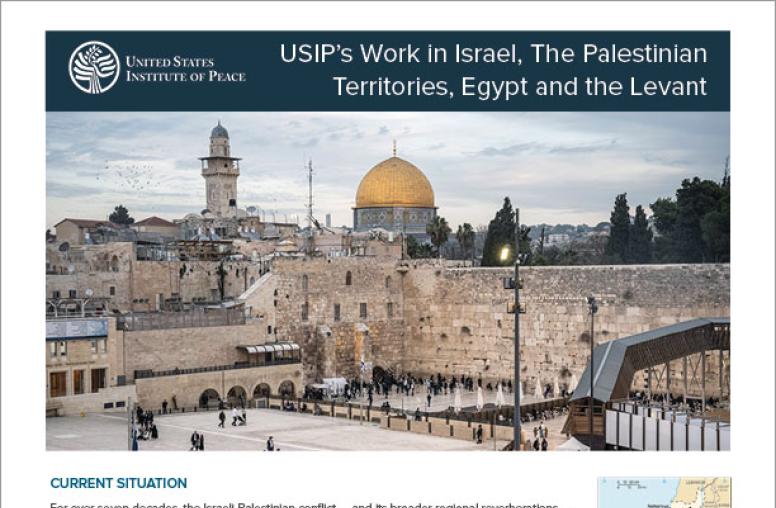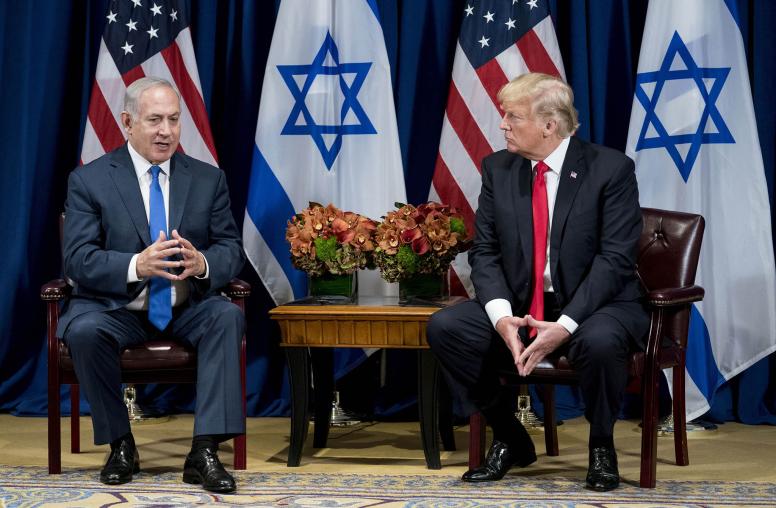Peacebuilding through Health Among Israelis and Palestinians
Initiatives to seek to build peace through health extend over decades, and have found an institutional home with the World Health Organization’s program called Health as a Bridge to Peace. They are premised on the idea that cooperation among health professionals and health interventions in conflict zones can contribute not only to improved outcomes for populations who suffer from the impact of war, but also to building a lasting peace.

Summary
- The concept of "peace through health" or "health as a bridge for peace" has been in existence for decades, but remains ambiguous. The idea is best understood as cross-border or cross-group initiatives toward increasing understanding, cooperation, and trust, addressing health concerns of populations and mobilizing health professionals as advocates for peace. Such initiatives can potentially contribute to building a foundation for state-building and economic development. But few rigorous evaluations of peace through health initiatives have been conducted, and the limitations of the idea must be recognized. Peacemaking is an inherently political process, and health-related initiatives are unlikely to contribute directly to peace settlements.
- Palestinian and Israeli health professionals have a long history of cross-border cooperation in health, including collaboration in disease surveillance, training and advocacy for health.
- Cooperation is increasingly difficult because of ongoing travel restrictions on Palestinians in the West Bank, because the initiatives are increasingly seen by Palestinians as political in nature--even as a tacit endorsement of the Israeli occupation--and because many Palestinian health professionals prefer to invest their energy in building an effective health system in the West Bank independent of Israel.
- Efforts to foster cooperation through health initiatives--especially in situations where differentials are so great as in the Israeli-Palestinian conflict--must be directed toward meeting real health needs of the population, be founded on mutuality, and focus on building effective systems.
About This Brief
For many years, Palestinian and Israeli health professionals have engaged in efforts to advance peace through collaboration and cooperation on health. This Peace Brief explores the potential and limitations of these efforts in advancing peace in the region.



